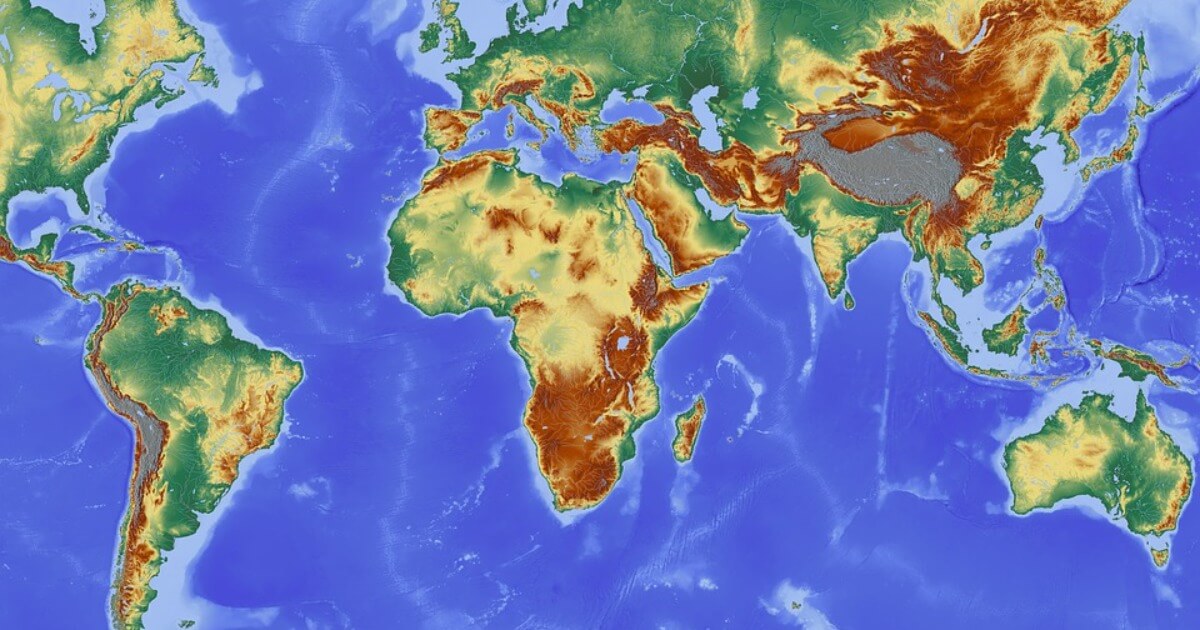Can Africa Maintain its Economic Growth?
Smart Industrialization for Africa’s Economic Transformation.
August 4, 2014

Africa’s economic rise over the past two decades is no longer news. In the decade from 2003, the region’s output expanded by over 5% a year, in spite of a protracted slowdown in many of its biggest export markets. The African Development Bank is projecting even faster growth of 6.4% this year.
At this rate, the continent’s economy would double in size before 2030.
No wonder foreign investors are looking to cater to the growing African market. Even more important, intra-African investment — an event long awaited to create more growth across the continent — is expanding, led by companies such as South Africa’s Massmart and Nigeria’s Dangote Group.
Alongside all this optimism, there is also growing disquiet. Can this growth be sustained? The likely answer is: not without sufficient structural transformation.
In Africa’s case, this requires shifting employment and resources out of traditional farming towards higher-productivity agriculture, manufacturing and services. As elsewhere, structural transformation is about boosting people’s skills and firms’ technological capabilities. To succeed, this effort must be backed by nimble, more effective public institutions. If and when those elements fall into place, then transformation makes growth resilient and hence durable.
Linking Africa’s economies
Industrialization, properly thought of, is a big part of that structural transformation. The word might still evoke images of cavernous factories and multinational corporations, but the fact is that industrialization is by no means just about manufacturing or large companies.
Manufacturing today is about value addition. It interacts with the rest of the economy — both upstream with regard to energy and raw materials and downstream, with distribution, logistics, environmental and financial services.
Economies around the world succeed because of their ability to build backward and forward links between the various sectors of the given country’s economy (as well as doing so across borders).
Independent of the level of economic development, this is the key to successful structural transformation. It applies to countries such as Germany, France and Italy just as much as to any African country.
In Africa’s case, a key aspect of industrialization also concerns agriculture. The agro-processing sector in particular holds great promise for development in rural areas.
Tourist shops and restaurants
But “classic” sectors such as natural resources and agriculture aside, how does Africa stack up with regard to services?
Recent evidence — mainly the GDP rebasing in Nigeria and Ghana — revealed that services accounted for more than half of their respective economies, far more than previously thought.
Countries like Rwanda, Mauritius and Tanzania are also performing great on services trade. Tourism is in many countries an increasingly important driver of growth and employment.
As regards industrialization, it has been long argued that Africa will have a hard time on this front because most of its firms lack proper size. However, this really is a common misconception about successful industrial activity.
Rise of the enterprise
Today, the prevailing approach is to operate on the basis of multi-country value chains. These integrate larger corporations with a myriad of micro, small and medium enterprises (MSMEs) across multiple sectors.
In Africa, MSMEs account for over 80% of private enterprises. That level is indeed very similar to the structure of many European economies. Already the largest employment creators, particularly for women and youth, their importance will only increase.
And they deserve much more attention on the global stage. Why? Because it will be these firms that will generate the bulk of the 500 million new jobs the world needs by 2030 — if poverty reduction is to stay ahead of population growth.
To be sure, this also represents vital challenges. Regulatory and administrative costs can impact MSMEs up to ten times more than larger companies. Where the business environment is complex, and taxation systems unfair, MSMEs will fail or go informal. That, in turn, means worse working conditions, lower innovation and a more limited contribution to growth and development.
Viewed in a positive light, Africa’s politicians have never had as much of an incentive to reduce stifling bureaucracy and anti-productive practices as they do now. It is not just a matter of better politics and policies, but of their young generation’s survival and their economies’ future growth path.
Creating human capital
How about human resource development? On education, the signs are promising. The percentage of Sub-Saharan African workers with a secondary school education is now around 40%. That is about the level where Mexico and Turkey were in the 1980s when they began the industrialization processes that eventually propelled them to membership in the OECD.
The way that education and technology are combining to drive innovation is evident from the apps being churned out by start-ups from Dakar to Nairobi. Even Silicon Valley has taken notice.
African governments are under no illusions. They know that most of the heavy lifting for structural transformation will have to be done by Africans themselves. But the international community can play a very valuable role in supporting productivity growth and employment in Africa.
In its well-understood self-interest, it should look closely not just at whether, but how to integrate African firms into foreign markets. And for that the private sector will also have to take on a greater role in development efforts.
Trade matters
Why does participation in trade matter? Tradable sectors tend to be more modern — and shifting economic activity towards them translates into making structural transformation a business and everyday reality.
At the International Trade Centre, we have seen how empowering African MSMEs to internationalize increases productivity and creates jobs, especially for women and young people.
We work with African governments to improve the climate for trade, investment and entrepreneurship. Alongside MSMEs, we help them build the skills and access the information and institutional support they need to connect to — and move up — regional and global value chains.
This also includes adapting production to climate risks, to help them leapfrog outdated technologies and to enhance competitiveness. But we also work to link these MSMEs to international markets, working with the private sector and with trade and investment promotion agencies.
Transform to grow
There is much that the international community can do to help African SMEs internationalize. One key step we could take would be to ensure that United Nations’ post-2015 development agenda encourages trade integration, entrepreneurship and the economic empowerment of women.
Realizing the African Union’s vision of prosperity, opportunity, health and sustainability will require healthy economic growth, sustained over decades. In the absence of structural transformation through smart industrialization, growth is not likely to be possible.
In historical terms, the African Union’s “Agenda 2063” aims for the right target. It is intended to allow the AU’s member countries to celebrate the centenaries of their independence in an economically integrated continent that is free of hunger and poverty-related disease — not to mention free of aid donors.
Takeaways
Since 2003, Africa's economic output expanded by 5% annually. Can Africa maintain its economic growth?
Africa grows strong, but continued growth could require transforming whole economies.
Can Africa tap into trade, enterprises and smart industrialization to keep the continent moving forward?
Read previous

Vodka: Market Riches After Communism
August 3, 2014
